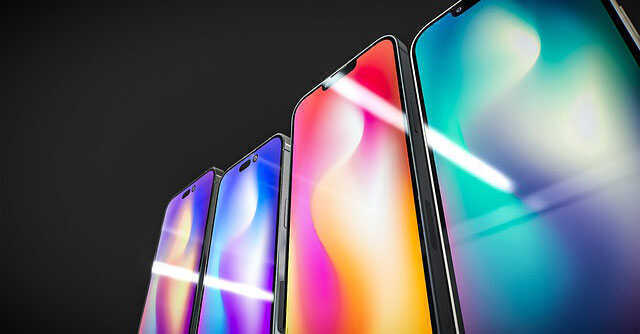
Apple eyeing a switch to custom displays for iPhones and Watches: report


After moving to in-house chips in iPhones and MacBooks, Apple is contemplating a switch to in-house displays for iPhones and Apple Watches. According to a Bloomberg report, released Wednesday, the Cupertino company may start using its own custom micro-LED displays in Apple Watches as early as 2024 and later in iPhones.
Apple’s latest iPhone 14 series uses display panels sourced from Samsung, LG, and China-based BOE Technology.
Switching to in-house displays will reduce Apple’s dependence on third-party display suppliers and allow it to control the rising cost of manufacturing iPhones, which has grown significantly in the last few years due to the growing inflation and increase in the price of components.

The production cost of the iPhone 14 series was 20% higher than its predecessor, according to a joint teardown report by Nikkei Research and Fomalhaut Techno Solutions. The total bill of material (BOM) cost of the iPhone 14 Pro Max was $501 out of which US suppliers accounted for 32% of the cost while South Korean suppliers accounted for 24.8% of the cost.
Apple has been working to reduce dependence on suppliers for various parts. It is reportedly developing its own 5G modem to cut dependence on Qualcomm.
Samsung is the leading display supplier for smartphone OEMs including Apple. According to an October report by Strategy Analytics, Samsung Display accounted for 53% of the revenue from the smartphone display market, followed by BOE (15%) and Tianma Microelectronics (8%) in H1 2022.

Apple’s decision to cut display supply from Samsung may have a considerable impact on the company’s revenue, even though OLED adoption has increased in mid-segment Android smartphones, as Strategy Analytics report, mentioned earlier.
The Bloomberg report claims that Apple will use a microLED display in Apple Watches and iPhones instead of OLED (organic light-emitting diodes) panels used in existing devices. OLED was a major upgrade over LCD panels as they offer better picture quality, colour contrast, and better response while consuming less power.
MicroLED is a more advanced display technology that uses microscopic LEDs as individual pixels in the display resulting in even better brightness and power efficiency than even OLED panels.

